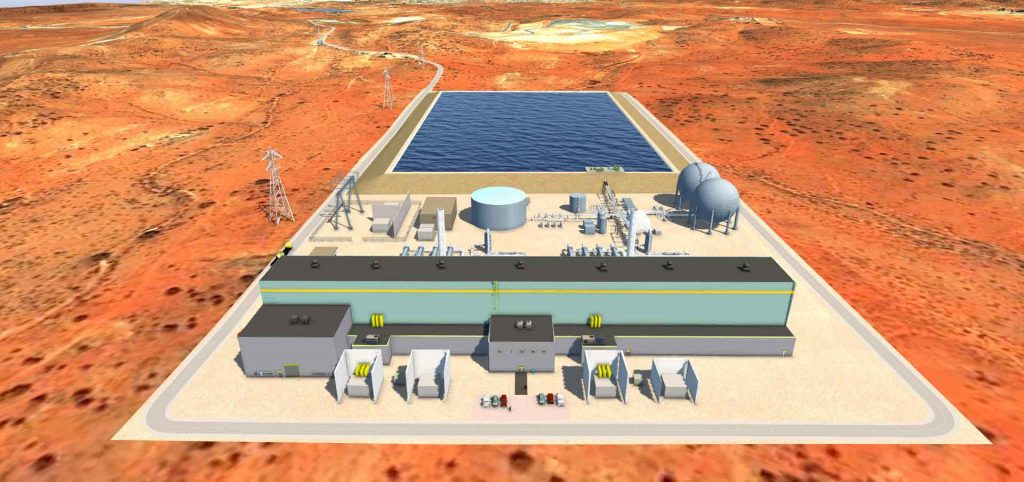Compressed air to secure power supply for Broken Hill
One of the world’s largest compressed air energy storage plants could provide back-up power to Broken Hill in a close to zero emissions project.

The historic mining town of Broken Hill in NSW is set to become home to an innovative energy storage solution.
The Silver City Energy Storage Project will provide back-up power supply to the remote community of around 16,000 people.
ARENA has conditionally approved $45 million grant funding to the $652 million compressed air storage project to create a vast “battery” inside a disused mine.
Canadian company Hydrostor is leading the development to construct the 200 MW/ 1450 MWh facility at Perilya’s Potosi Mine. That is about 10 times bigger than Hydrostor’s largest operating facility so far, a 1.8 MW / 10 MWh project in Canada.
In fact, the Silver City facility will be among the largest compressed air projects in the world. But it will also have a relatively small footprint. Much smaller, for instance, than the typical reservoirs used by pumped hydro energy storage (PHES) systems.
That’s because its Advanced Compressed Air Energy Storage (A-CAES) system is mostly constructed below ground.
How does A-CAES work?
You can think of A-CAES as a kind of Alice Through The Looking Glass version of pumped hydro.
Both make use of cheaper off-peak electricity to power pumps. But whereas PHES pumps water upwards into elevated reservoirs, A-CAES compresses air down into purpose-built subterranean tanks.

Both systems make use of gravity and water. In the case of pumped hydro, gravity pulls the water down through electricity generating turbines. With A-CAES, a tall, vertical column of water generates enormous pressure on the air tanks at its bottom.
Then, at times of high demand or high energy prices, the system releases air upwards to power turbines at the surface.
But Hydrostor’s system has one extra trick. It captures and stores heat created when the air is first compressed. The system uses that heat energy to supercharge the released air’s energy content just before it hits the generator turbines.
And that means, aside from the off-peak electricity to run the compressors, the system is fuel-free and therefore zero emission.
Innovative energy storage solutions
NSW network operator Transgrid earlier this year announced Hydrostor as the preferred solution in the Regulatory Investment Test for Transmission (RIT-T) to provide back up power supply for Broken Hill.
The facility will help secure reliable electricity supply for the outback town.
ARENA’s funding for the Silver City Energy Storage Project is conditional upon the project reaching financial close, expected to occur in late 2023.
ARENA CEO Darren Miller said new technologies for medium duration storage will help improve the economics and give us a range of technology options for our future needs – rather than relying solely on batteries.
“Whether it be through pumped hydro, or new innovative solutions like compressed air storage, medium and long duration storage is going to be vital to supplying power during the evening and morning peak-demand periods as Australia looks towards achieving 82 per cent renewable energy by 2030,” he said
“Hydrostor’s innovative solution provides us with another option to add to the mix.
“As a fuel-free storage technology, compressed air storage technology has similar applications to pumped hydro, such as providing dispatchability to ensure reliability of the power system as more solar and wind power is installed.”
Being in a Renewable Energy Zone, the project can also help support future solar and wind farm developments.
LIKE THIS STORY? SIGN UP TO OUR NEWSLETTER

ARENA